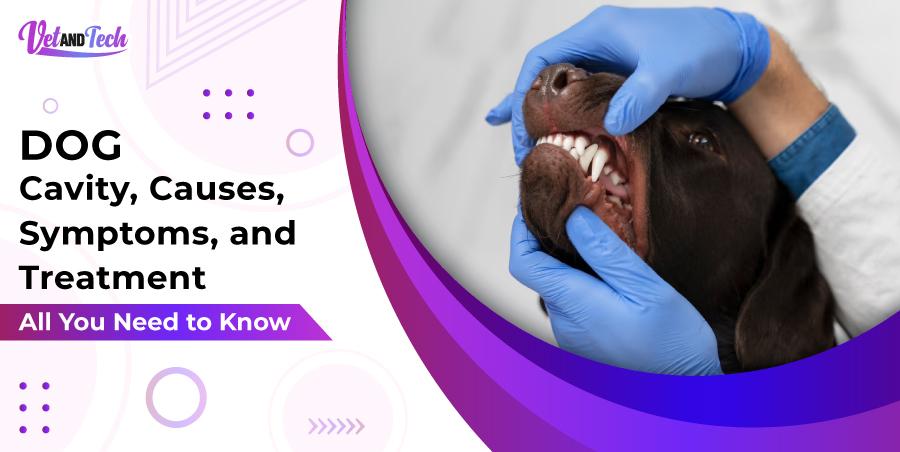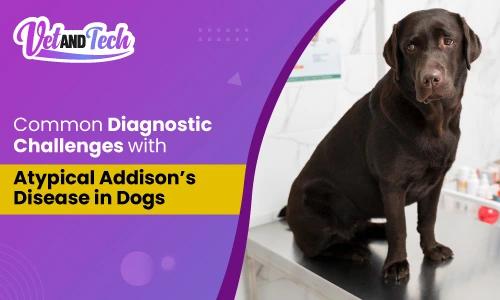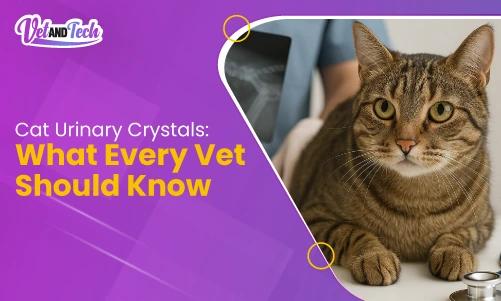Dog Cavity, Causes, Symptoms, and Treatment All You Need to Know
Dental health problems in dogs can be just as problematic for dogs as for humans. Like humans, dogs and other pets rely on their teeth for numerous essential functions such as eating, playing, and grooming.
A dog cavity is also known as dental caries, the degraded areas in the tooth surface resulting from bacterial infection. Moreover, these dental conditions affect the health of dogs and other pets.
Therefore, dogs and other animals must have good dental health to live happy and healthy lives. Besides, maintaining good dental health is crucial for a dog's health and overall well-being.
Neglecting dogs' oral hygiene can lead to various issues, including cavities and tooth decay. These issues can cause discomfort, severe pain, and other complications during eating and playing.
So, it is crucial to understand the importance of dental health issues like cavities in dogs, their causes, and treatment with the best preventive measures.
Let’s start with an informative blog to help you keep your furry pet healthy with good dental health.
What are Cavities in Dogs' Teeth?
Cavities in dogs are small holes in the tooth surface caused mainly by tooth decay. These cavities appear in dogs' mouths when a bacterial infection builds up and prevails.
After this, it starts the production of acid, which causes calcium loss, found in the dog's enamel. Once enough calcium is lost, it decays and shows signs of tiny holes called cavities.
Main Causes of Dog Cavities
Maintaining oral hygiene is necessary for the constant homeostatic balance between the enamel, enzymes, and minerals in your dog's tooth. When tooth decay starts in your dog's tooth, it leads to plaque buildup on its surface in cavities.
Cavities in dogs lead to demineralization and plaque on the tooth surface and generate bacterial growth. Ultimately, this affects the tooth enamel and dentin. Therefore, due to this condition, white blood cells and bacteria digest the tooth surface and cause decay.
Numerous causes of dog cavities can significantly impact their overall health and well-being.
By understanding the causes of dog cavities, you can determine if your pup is at risk.
Here are some common causes of them;
- A diet with excessive fermentable carbohydrates (often found in poor-quality dog food)
- Crowded and misaligned teeth in your pup’s mouth
- A massive gap between your pup’s gums and teeth is often caused by gum recession.
- A low Alkaline PH level in your furry pup’s saliva
- Weak tooth enamel, which is due to poor mineralization
- Poor dental or oral hygiene
- Abnormal tooth formation and too close together
Dog Cavity Symptoms
Depending on the severity of your pet’s condition, they may experience different levels of pain and discomfort, which is caused due to cavities in their teeth.
For diagnosis of this condition, cavities are based on five stages that describe their severity. These stages range from stage 1 dog cavity (in which just enamel is damaged) to stage 5 (where your pup lost most of its crown and root cavities are exposed),
Here are the most common signs of dog cavities.
- Abnormal drooling, dropping, and chewing food from the mouth
- Discolored teeth surface
- Tartar buildup and abnormal bleeding
- Bleeding from the gums and mouth
- Foul smell or breath
- Decreased hunger or refusal to eat
- Swelling or severe pain around the mouth
If you observe these symptoms in your beloved pup, bring your dog to a veterinarian as early as possible.
Diagnosis of Cavities in Dogs Teeth
There are five dog tooth decay stages for diagnosing decayed teeth or dental caries. Our pet doctor can check the enamel stability and determine the severity of the dog's cavity.
Let’s discuss the stages for the diagnosis of cavities in dogs;
Stage 1: Only the enamel of your pup is affected
Stage 2: Both enamel and dentin affected
Stage 3: Enamel, dentin, and pulp chamber are involved
Stage 4: Significant change and damage of structural crown
Stage 5: Most of the crown of the tooth is lost, and roots cavities exposed
How to do Dog Cavity Treatment?
There are two main broad categories to treat the cavities in dogs' teeth which ultimately helps the pet owners or doctors to treat them effectively in a proper way.
Furthermore, treatment of the dog cavity also depends on the severity of your dog's tooth decay.
Apart from this, to maintain the dog's health and well-being, you should be aware of several dog surgeries and procedures. These include FHO surgery dog, tooth surgery, dog knee surgery, and many others.
According to the different stages, treatment is ensured and maintained for your furry pet to live a happy and healthy life.
- Restorative Dental Treatment for Canine Tooth Cavity
- Routine Care At home to Prevent the Dog Cavity
Restorative Dental Treatment for Canine Tooth Cavity
Restorative dental treatment is essential for the canine tooth cavity, which is the primary source of the treatment of dogs. Moreover, this treatment is precise but also depends on the severity of the cavities in dogs.
- As a pet owner, if you find this in its early stage, your veterinarian will wash your pup’s teeth with fluoride and use a bonding agent to avoid further degradation of the tooth surface.
- But, if your furry pet has severe cavities and the affected enamel, dentin, or pulp need to be removed, the tooth surface may be restored with fillings or other therapeutic treatment.
- The tooth is not treatable if the dog's cavities reach stage 4 or 5. it is removed from your dog’s mouth to prevent further damage and maintain oral health.
- In these cases, it’s important to be aware of dog tooth extraction complications that may arise, such as pain, infections, or prolonged healing time. Early detection and intervention are key to preventing these complications.
Important to Note:
- Treatment of your furry pup through filling and removal is relatively quick. Pet owners should be provided extra or specialized care, especially for dog grooming after recovery, to prevent their dogs from harming the treated tooth.
However, dental procedures are impossible to execute safely without following the anesthetic protocol for dog dental procedures.
Learn more about the importance of anesthesia in dog dental procedures and how it ensures a safe and effective treatment.
Routine Care At Home to Prevent the Dog Cavity
Every pet owner wants to take care of their puppy's health and treat their furry pets with easy and quick methods that effectively give them comfort and recovery. Pet owners might be asking how they can treat a dog cavity at home.
It can be done with routine care at home in simple and accessible ways Such as:
Brush Your Pup’s Teeth Regularly: This is an easy and essential way to prevent your furry pup from cavities. Try to use a soft-bristled brush with dog-friendly toothpaste.
Provide Your Pet With Dental Chews: Dental chews can help to remove tartar and plaque in your dog's tooth. So, always give specified chews to your pets made of nylon or rubber.
Take Your Dog To The Vet for Regular Checkups: Check your dog to the vet regularly so they can examine and clean the dog’s teeth to avoid further dental problems.
Give a Healthy Diet to Your Dog: A diet with soft foods can elevate the risk of damage to the dog's teeth and cause cavities. Besides, feed your dog enriched with minerals that must be hard, such as raw bones or kibble.
Avoid Giving Your Pup Table Scraps: The table scraps are enriched with sugars that ultimately lead to the formation of tartar and plaque. So avoid this food for your furry pup to maintain oral health.
Important Facts To Know About Cavities in Dogs Teeth
.jpg&v=1692091429)
Do Dogs Get Cavities More Easily Than Humans?
Every pet owner wants to know if dogs can get cavities. Once pet owners realize their pups can quickly get cavities, they want to know how to treat them.
The good news for pet owners is that dogs' cavities are rarer than human's due to the food deposit. Most dogs have pointy cone-shaped teeth. This makes it harder for the teeth to retain food and prevents bacterial growth.
Moreover, dogs also have saliva with more alkaline PH, which helps to reduce the acid and overcome the risk of cavities.
What Do Dog Cavities Look Like?
The cavity in dogs can be challenging for pet owners to see, which is why regular dental exams are so important. Most of the time, cavities appear in small, dark holes near the chewing surfaces of the dog's teeth. Moreover, these holes are minor on the outside and prominent on the inner side of the tooth.
Best Preventive Measures For Canine Tooth Cavity
- Routine Dental Checkups: Regular dental checkups with your vet are critical to maintain your furry Pup’s oral health and prevent dental issues like tooth decay or cavities.
- Routine Care at Home: Home routine care is also helpful for your furry pet during visits to your vet. A good homecare routine includes brushing and giving them chew toys specifically designed for plaque or tartar removal.
- Use a Water Additive with Fluoride: Use water with fluoride. This will help your pup strengthen its teeth. Moreover, it also makes your dog’s teeth more resistant to decay.
- Feed Your Dog a Healthy Diet: Always feed your dog a healthy diet enriched in fiber and less sugar.
- Keep Your Dog’s Water Pot Clean: Clean your dog’s water bowl regularly. Leaving water in a bowl for days leads to bacteria buildup, which causes cavities.
Concluding Thoughts
In conclusion, understanding cavities in dogs, causes, and preventive measures is crucial for every pet owner. Also, recognizing the factors that lead to cavities and tooth decay in your furry pup is necessary. To avoid these dental problems, routine dental checkups and cleanings can significantly reduce the risks of building cavities and tooth decay.
Vet and Tech aims to make it easier for every pet owner or veterinarian to find authentic and researched data through a search portal. Moreover, you can find the comprehensive database, in which you will explore a variety of vet tech programs, training courses, and vet resources.
Discover the platform and streamline your vet education with flexible timings to stay at your pace. You can turn your passion into a profession with optimum veterinary growth.
Starting a veterinary career is the best and most exciting approach. Start the first step to success by joining the best veterinary school and continuing your studies with VetandTech.
Frequently Asked Questions (FAQs)
What is the dog cavity treatment cost?
The cost of a cavity treatment varies depending on the severity and the tooth’s location. The general cost for a dog’s tooth filling is around $200 to $500. Moreover, this cost may be increased if the tooth is located in a hard-to-reach area or has become difficult to treat.
What kind of dog breeds have more chances to get cavities?
Here are some dog breeds that have more chances to get cavities or tooth decay such as; English bulldog, Brussels griffon, Shih tzu, French bulldog, Chihuahua and Yorkshire terrier.








